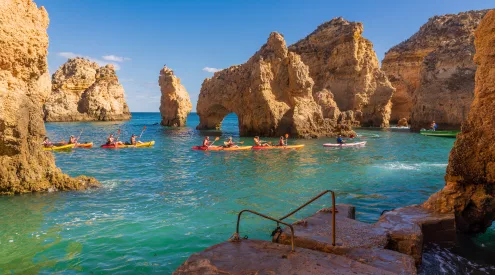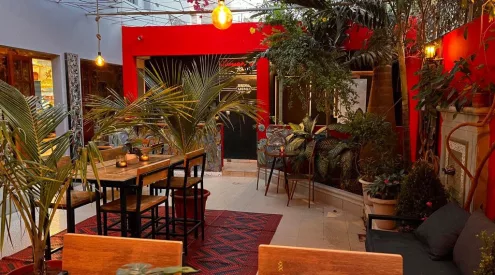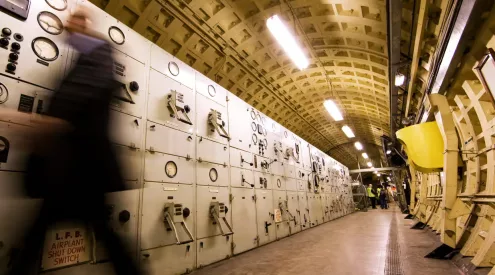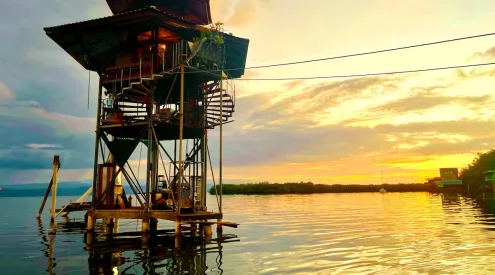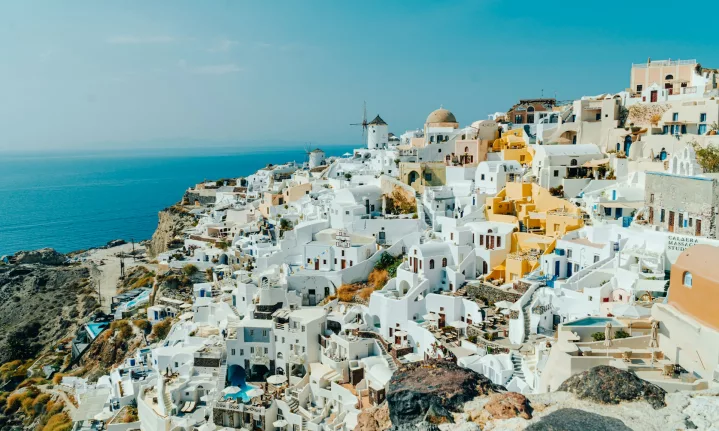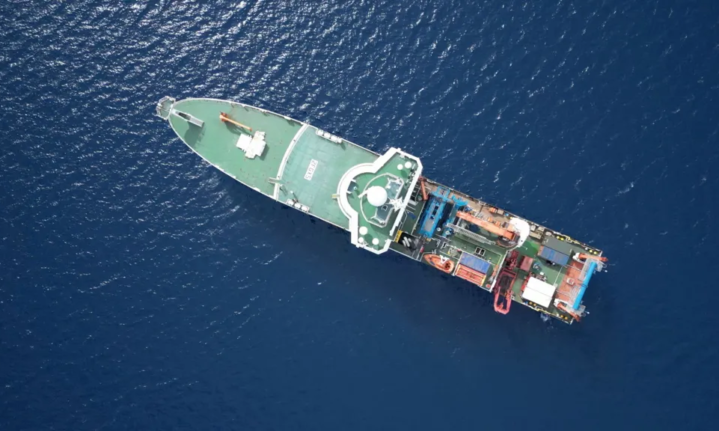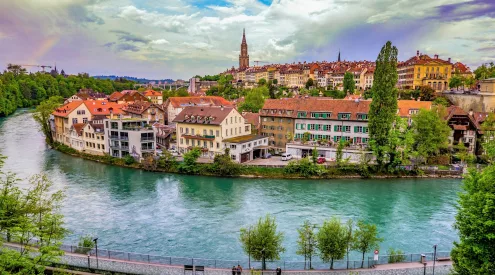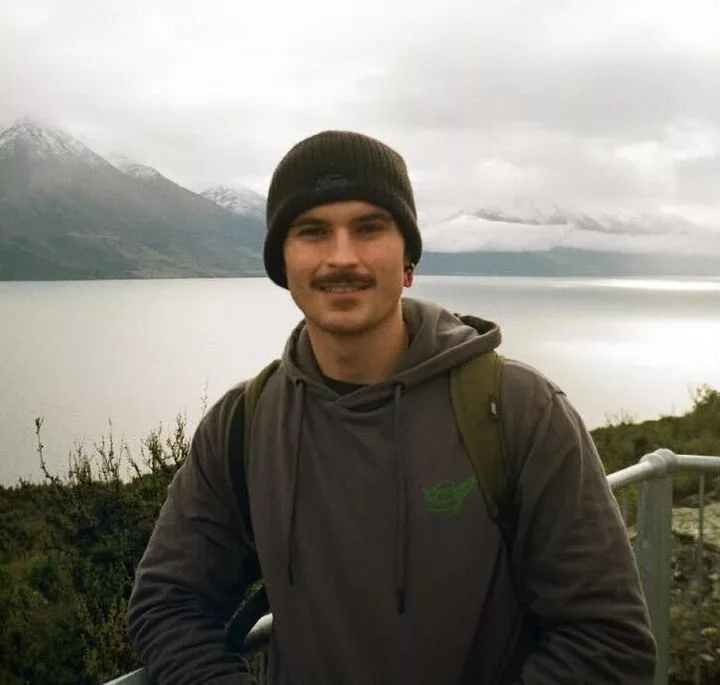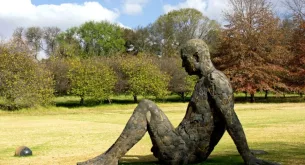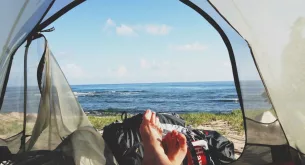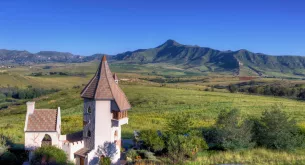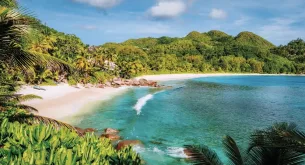Santorini may be known for its iconic whitewashed villages, cliffside infinity pools, and sun-soaked terraces, but beneath the picture-perfect surface lies a volatile secret. This Greek island, shaped by one of the largest volcanic eruptions in recorded history, is once again under the microscope.
Now, scientists are back, this time aboard the British royal research ship Discovery, to examine what could lie ahead for the iconic Greek isle. Their focus: the horseshoe-shaped caldera that formed after a massive eruption thousands of years ago, and Kolombo, a lesser-known underwater volcano just 7km off the coast.
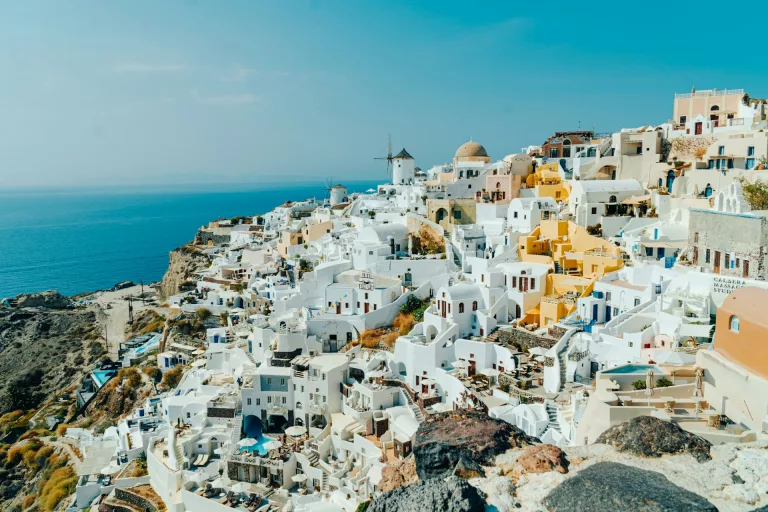
Picture/Santorini/Dawid Tkocz
A wake-up call for residents and researchers
What makes this mission so timely is a recent earthquake swarm that rattled the island and sent nearly half of its 11,000 residents packing in fear. For locals and scientists alike, it was a wake-up call.
“It’s a bit like ‘out of sight, out of mind’ in terms of understanding their danger, compared to more famous ones like Vesuvius,” says Prof Isobel Yeo of the UK’s National Oceanography Centre.
She’s leading the team investigating the region’s highly active—and often overlooked—submarine volcanoes.
Around two-thirds of the world’s volcanoes are underwater, but they remain largely unmonitored. That’s a gap Yeo and her team hope to fill. Onboard Discovery, engineers carefully deploy a car-sized robot into the depths, collecting gases, fluids, and samples from bright orange seafloor vents.
“Underwater volcanoes are capable of really big, really destructive eruptions,” she told the BBC.
“We are lulled into a sense of false security if you’re used to small eruptions and the volcano acting safe. You assume the next will be the same – but it might not.”
ALSO READ: Top international wellness destinations to consider
Lessons from a catastrophic past
The 2022 Hunga Tonga-Hunga Haʻapai eruption, the largest underwater explosion ever recorded, is a stark reminder. It triggered a global shockwave and a Pacific-wide tsunami, with some nearby Tongan islands so devastated they’ve never been resettled.
“We know more about the surface of some planets than what’s down there,” says Yeo, standing on deck as the robot begins its descent into the volcanic system.
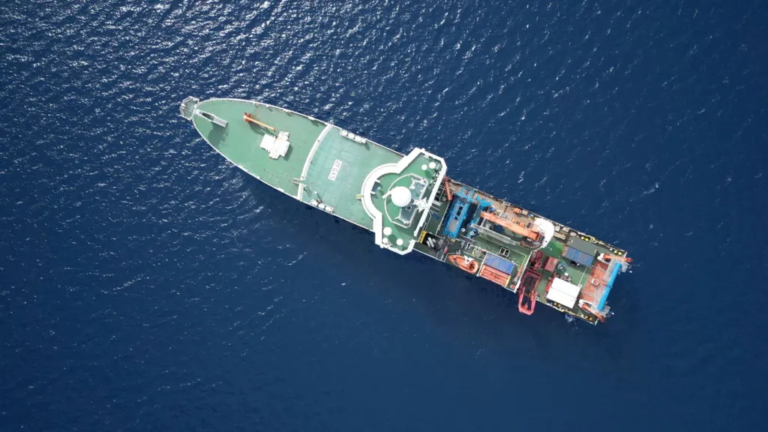
RRS Discovery research vessel/Kevin Church/BBC
What they’re studying are hydrothermal vents—cracks in the seabed where superheated water escapes from beneath the Earth’s crust. These systems are key to understanding what happens inside the volcano before an eruption.
“We are trying to map the hydrothermal system,” says Yeo. “We have to look inside the Earth.”
Science with a purpose
This isn’t just about gathering scientific data for its own sake. It’s also about keeping communities safe. “We are doing science for the people, not science for the scientists. We are here to make people feel safe,” says Prof Paraskevi Nomikou, a geologist and member of Greece’s Civil Protection Agency.
Nomikou, who grew up in Santorini hearing stories about the island’s eruptions from her grandfather, says the findings will help shape evacuation plans and pinpoint which parts of the seafloor would be off-limits in the event of a future eruption.
“This research is very important because it will inform local people how active the volcanoes are, and it will map the area that will be forbidden to access during an eruption.”
Inside a dark shipping container onboard, the mission’s nerve centre hums with focus. Engineers pilot the robot using a joystick that could belong to a gaming console.
The screens in front of them show live footage from the seafloor, where bursts of gas and colourful mineral formations hint at powerful forces just below.
They’ve already detected small earthquakes—tiny tremors caused by fluids forcing their way through the rock. Yeo plays an audio clip of the movement: it’s a deep bass rumble, like the pulse of a distant nightclub.
Uncovering mysteries from the deep
By sending electromagnetic pulses into the ground, they’re generating a 3D map of the hydrothermal system and its links to the magma chamber below. It’s painstaking work—day and night shifts, intricate sampling, and countless data logs—but vital for building a clear picture of how underwater volcanoes behave.
“This is a geological environment different to most others – it’s exciting,” says Prof John Jamieson from Canada’s Memorial University.
The volcanoes aren’t expected to erupt tomorrow, but the scientists agree: it’s only a matter of time. For now, Santorini continues to enchant travellers with its dramatic beauty. But beneath those sunset views, tectonic plates continue their slow grind, reminding us that paradise is sometimes built on very unstable ground.
This article originally appeared on BBC.com.
Follow us on social media for more travel news, inspiration, and guides. You can also tag us to be featured.
TikTok | Instagram | Facebook | Twitter
ALSO READ: Berlin City: Beauty and the Beast


